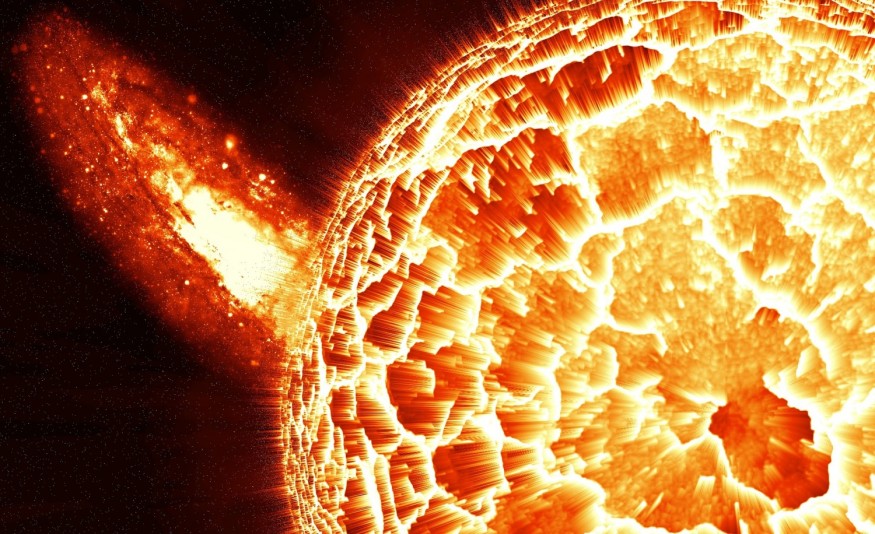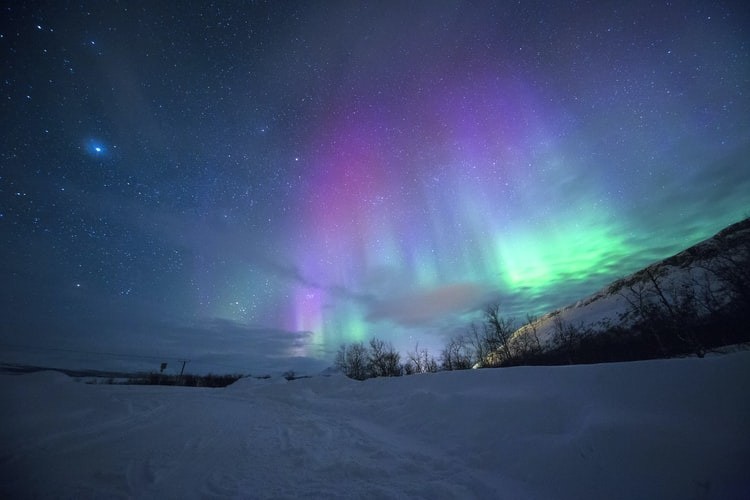Chances of seeing an aurora or two next week increase as space experts forecasted the arrival of a stream of solar particles heading towards Earth. The solar particles or solar wind are on their way to the planet.

A stream of solar winds is approaching Earth, space experts have said. A small hole has opened on the surface of the Sun's southern hemisphere, releasing a barrage of solar particles. Earth is directly in the crosshairs of the particles, with experts stating the stream of solar winds will arrive on February 2.
The moment the solar particles hit the Earth, the collision can trigger aurora in the Arctic regions.

"Flowing from a southern hole in the Sun's atmosphere, the stream could spark bright auroras around the Arctic Circle."
Read also: UPDATE] Solar Storms: Are They Dangerous?
Solar Winds
Solar winds are streams of charged particles released from the atmosphere of the Sun. These winds consist of different chemical materials with trace amounts of heavy ions and atomic nuclei C, N, O, Ne, Mg, Si, S, and Fe. There are also rarer traces of some other nuclei and isotopes such as P, Ti, Cr, Ni, Fe 54 and 56, and Ni 58,60,62.
Like every other solar activity, solar winds happen naturally, all the time. These solar activities are called CMEs (Coronal Mass Ejection).
A solar wind's impact varies on the intensity of the solar ejection. A pretty strong gust can lead to a solar storm. And, solar storms are what cause geomagnetic storms.
Should we be worried?
These cosmic events sound terrifying. Are these signs that we should start worrying?
The short answer is no, solar storms won't kill off the human race. It won't emit enough radiation to fry a person's brain.
But, it can hurt mankind in a different way.
While this solar storm is not a cause for concern, some astronomers believe a major one could hit, and in a world so reliant on technology, the consequences could be devastating.
A recent study from the Skolkovo Institute of Science and Technology, Russia, said: "A major solar storm could shut down electricity, television broadcasts, the internet, and radio communications, leading to significant cascading effects in many areas of life.
"According to some experts, the damage from such an extreme event could cost up to several trillion dollars, and the restoration of infrastructure and the economy could take up to 10 years.
"Thus, understanding and forecasting the most hazardous extreme events is of prime importance for the protection of society and technology against the global hazards of space weather."
A Call for Awareness
The first author of the study, Dr. Jenny Marcela Rodríguez Gómez, said: "Understanding the characteristics of extreme solar eruptions and extreme space weather events can help us better understand the dynamics and variability of the Sun as well as the physical mechanisms behind these events."
The researchers are hoping for an increase in support when it comes to studying solar activities. As such, they have called for better infrastructure to monitor the Sun's solar activity and other cosmic phenomena.
For more Cosmic news, don't forget to follow Nature World News!
© 2025 NatureWorldNews.com All rights reserved. Do not reproduce without permission.





